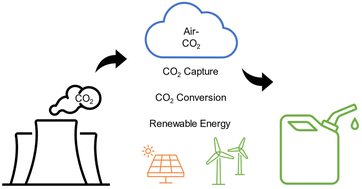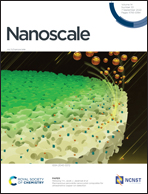Recent advances in CO2 capture and reduction
Abstract
Given the continuous and excessive CO2 emission into the atmosphere from anthropomorphic activities, there is now a growing demand for negative carbon emission technologies, which requires efficient capture and conversion of CO2 to value-added chemicals. This review highlights recent advances in CO2 capture and conversion chemistry and processes. It first summarizes various adsorbent materials that have been developed for CO2 capture, including hydroxide-, amine-, and metal organic framework-based adsorbents. It then reviews recent efforts devoted to two types of CO2 conversion reaction: thermochemical CO2 hydrogenation and electrochemical CO2 reduction. While thermal hydrogenation reactions are often accomplished in the presence of H2, electrochemical reactions are realized by direct use of electricity that can be renewably generated from solar and wind power. The key to the success of these reactions is to develop efficient catalysts and to rationally engineer the catalyst–electrolyte interfaces. The review further covers recent studies in integrating CO2 capture and conversion processes so that energy efficiency for the overall CO2 capture and conversion can be optimized. Lastly, the review briefs some new approaches and future directions of coupling direct air capture and CO2 conversion technologies as solutions to negative carbon emission and energy sustainability.

- This article is part of the themed collections: CO2 capture and conversion, Nanoscale Most Popular 2022 Articles, Recent Review Articles and 2022 Nanoscale HOT Article Collection


 Please wait while we load your content...
Please wait while we load your content...